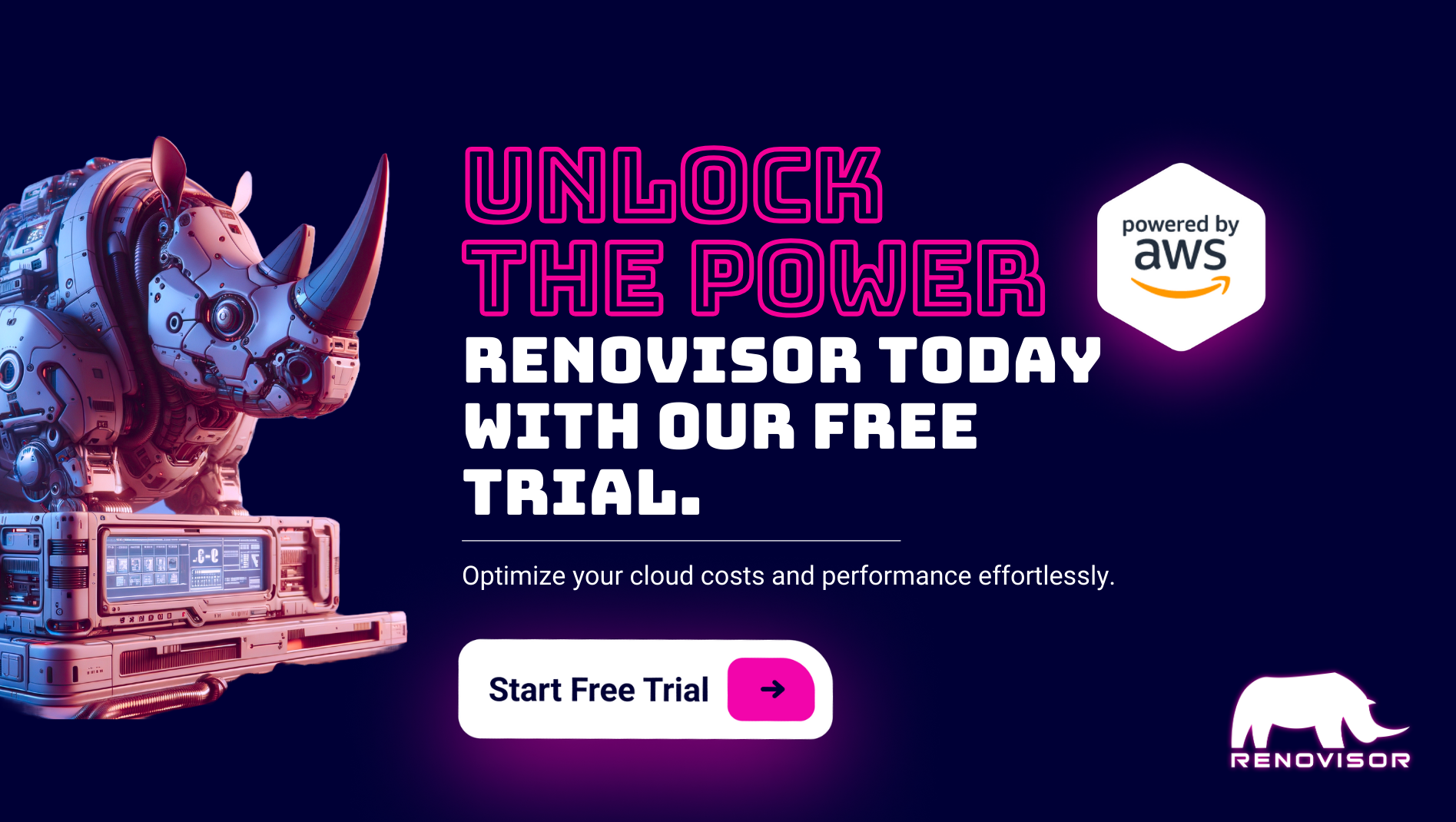


What a CTO should know before implementing a cloud computing solution?



Samira Kabbour
CMO
Table of Contents
Learn from world-class CIOs, CTOs and technology executives what you should ask to help decide what course to take in 9 questions:
- Do We Have A Dynamic Scope And Agile Mindset?
Most of the mainstream cloud solutions have two to three significant releases per year. If your project lasts longer than six months, it means the landscape may have changed. Cloud solutions are also flexible by nature — often you are one click away from changing your mind or deploying a new feature. That means you need to be open to a dynamic feature list that requires more diligence.
- How Much Risk And Exposure Are We Willing To Take On?
Cloud computing is a great option, but it’s not an infinite solution for everything you need. Cloud technology and computing is still new enough that we don’t know all of its vulnerabilities. That means you’re exposed to shortcomings and new forms of malicious attacks. I’m often one to let early adapters eat the highest risk.
- Will Moving To The Cloud Help Us Achieve Our Business Goals Faster?
You should not be looking at anything for technology’s sake. What does the business need in the future to succeed and grow? If the cloud lets you be more agile, and by that fact grow, consider it. If not, then there may be little value to add that amount of risk. Evaluate the business objectives and see if cloud’s total cost of ownership, speed, capabilities accelerate those objectives.
- Does The Provider Have A Strong Access-Management Policy?
Enterprises invest far less in access management for cloud services than they do for services provided from their own data centers. The result is orphan accounts when employees change roles or leave the business. This excess access can be abused by former employees or outsiders who obtain their credentials, and there is waste in paying for unused seats.
- Does The Solution Integrate With Our Existing Applications?
Pick the cloud platforms best for the type of applications that you want to move to the cloud. One size does not fit all. Application integrations are the key: In most IT landscapes, applications need to communicate with each other. Invest in integrations and use best of the breed IaaS/SaaS/Paas.
- Do I Fully Understand The Contract Terms And Price Structure?
If there is one recurring theme I have heard from fellow CIO/CTOs, it is the sticker shock that accompanies the move to the cloud. Moving to the cloud is like any platform shift: You need to understand the new platform’s best use. Make sure you understand the contract terms to avoid any unnecessary lack of sleep and long walks to the CFO’s office explaining unforeseen costs.
- Do We Have A Plan For When The Cloud Goes Down?
The biggest thing to worry about is when the cloud goes down. So your company needs to have a plan in place should that happen. The next best thing to do is ensure multiple redundant internet services so even with a regional outage, or billing issue, you aren’t out. This is particularly helpful after major storms.
- Who Ultimately Owns Our Data?
Know how you will get your data back from the cloud and how much it will cost, and have that written in the contract. Some providers will claim ownership of your data; others will charge you exorbitant fees to take your data off their platform, or move it to a competitor.
Source: forbestechcouncil



